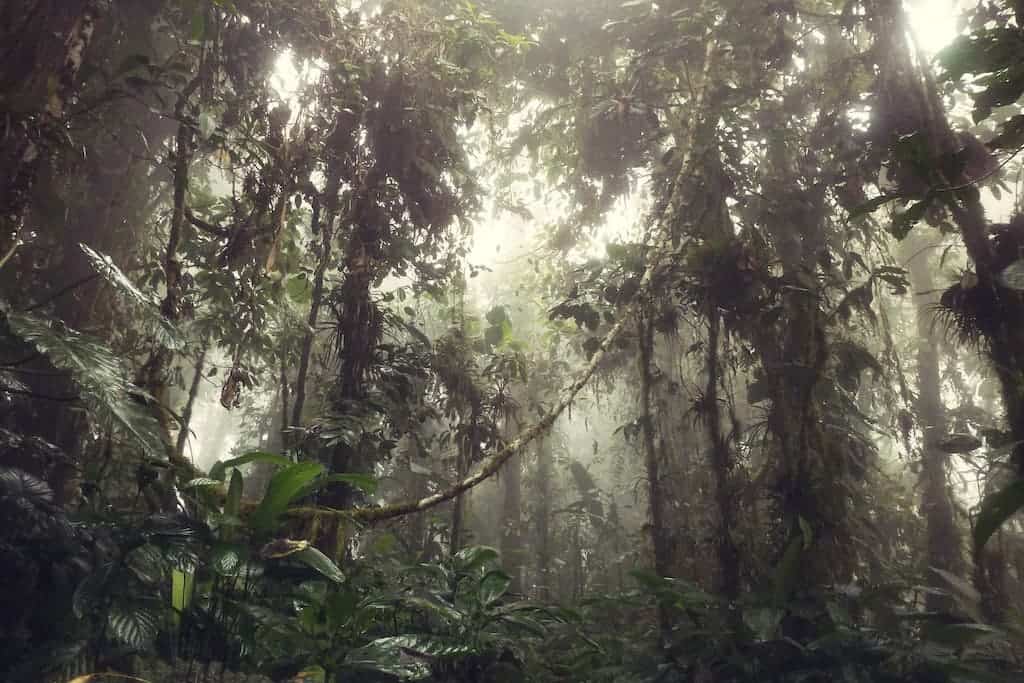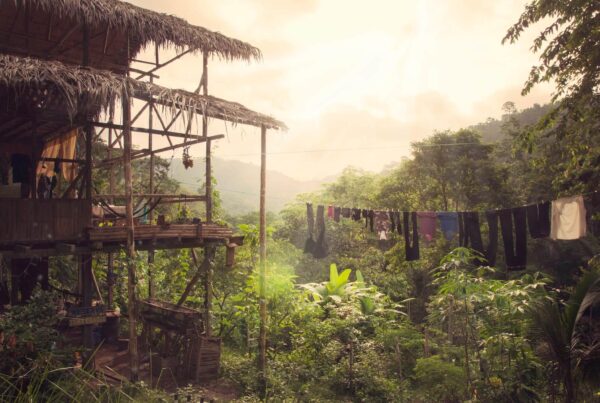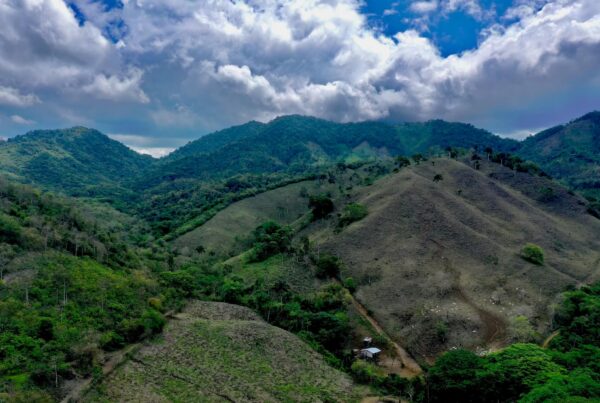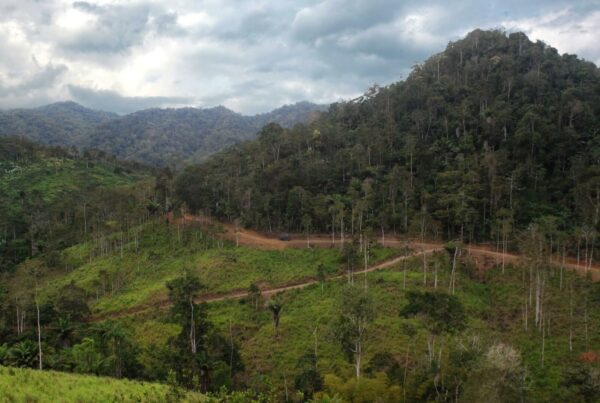Quick Summary
This is the story of how a rainforest conservation organization (TMA) gave birth to a chocolate company (To’ak). It also tells the story of how this relationship is being used to help restore the Pacific Forest of Ecuador. It is a living, breathing example of how businesses, conservationists, local farmers, and chocolate consumers can join forces to help regenerate the rainforest rather than cut it down.
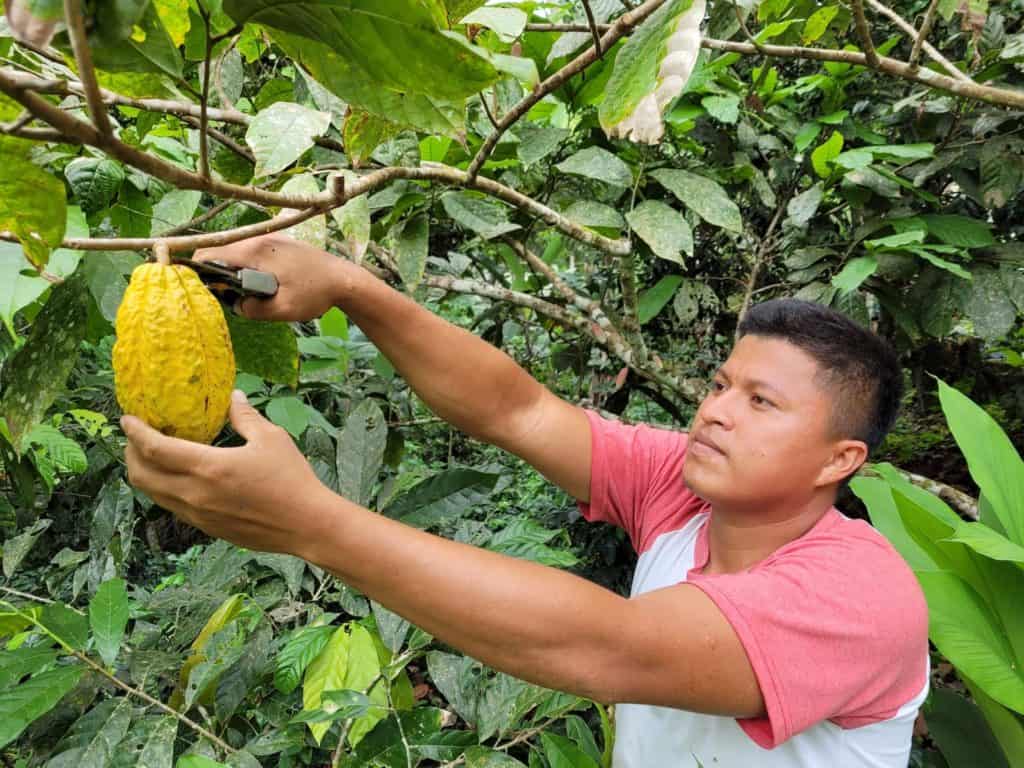
The Chocolate-Rainforest Relationship
Chocolate has a tricky relationship with tropical forests. On the one hand, cacao trees are a creation of the rainforest—specifically, the Ecuadorian rainforest. They are naturally adapted to grow in the understory of the tropical forest. For this reason, cacao trees can be a key element in rainforest restoration.
On the other hand, vast swaths of tropical forest have been cleared to make way for monoculture cacao plantations. During the last twenty years, it is estimated that 2.4 million hectares of forest have been replaced by cacao trees in the Ivory Coast alone. The very treasure that came from the rainforest has now become one of its many threats.
But it doesn’t have to be that way.
The regenerative cacao project that TMA is implementing in coastal Ecuador, with the help of To’ak Chocolate, is a way to reverse that paradigm.
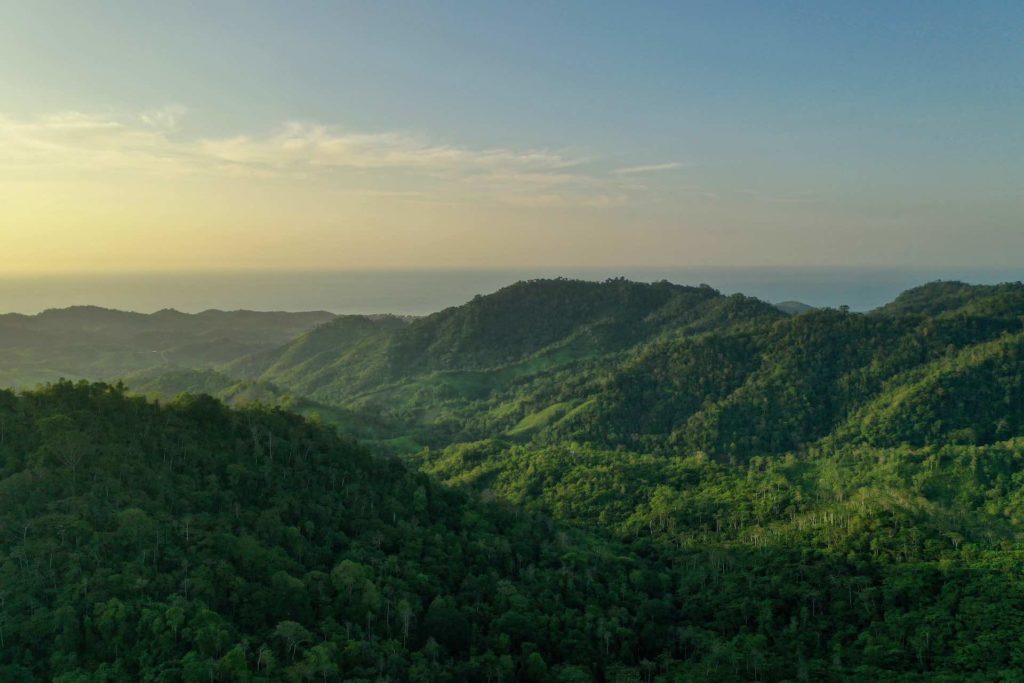
One of the last and finest remnants of he Pacific Forest of Ecuador, as seen from the peaks of the Jama-Coaque Reserve.
The Most Endangered Rainforest on Earth
In 2007, three young dreamers—Isabel Dávila, Bryan Criswell, and I— founded a non-profit conservation organization called Third Millennium Alliance (TMA), based in Ecuador. That very same year, as our flagship project, we created the Jama-Coaque Ecological Reserve. Our mission was, and still is, to protect and restore one of the last surviving remnants of the Pacific Forest of Ecuador—the most endangered rainforest on earth. Only 2% of it remains.
As it so happened, hidden within the expanse of this wilderness were several abandoned cacao groves overgrown with native vegetation. It was my first encounter with a tree that was referred to as the food of the gods: Theobroma cacao.
From these trees, we started making chocolate by hand in our newly-constructed Bamboo House—a rustic and off-the-grid research station we built in the middle of the Reserve.
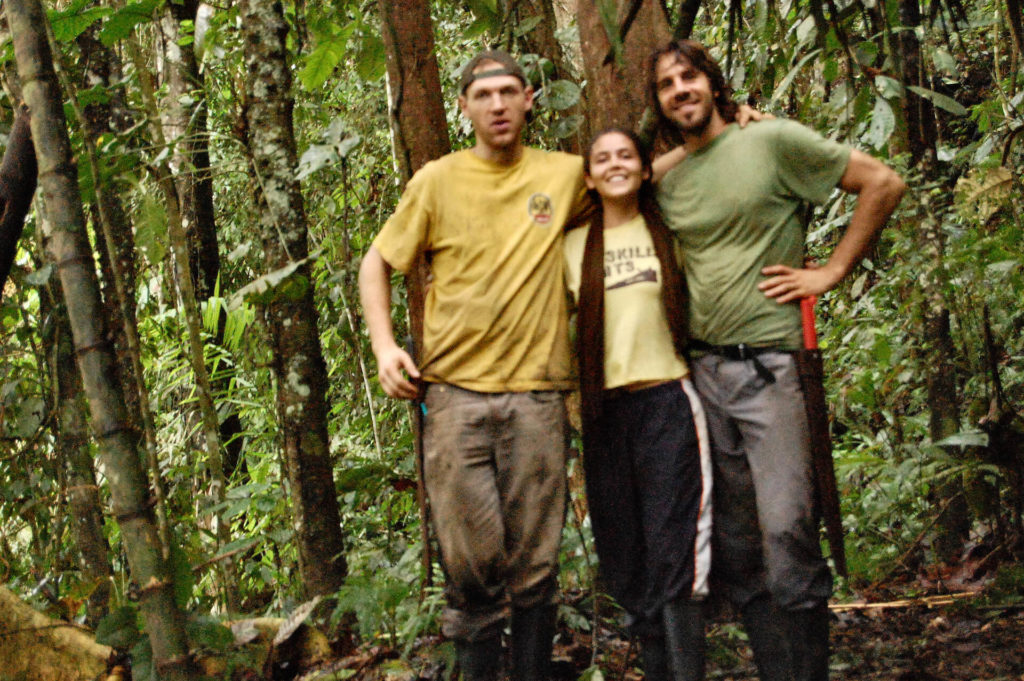
This lens-fogged photo pre-dates the Bamboo House. At this point, we didn’t even have a roof to sleep under. From left to right: Bryan Criswell, Isabel Dávila and I.
From Forest Restoration to Chocolate
In the course of our work in the Jama-Coaque Reserve, we quickly recognized the value of cacao trees as a forest restoration tool. We started working with our neighbors to plant cacao trees, combined with a wide variety of other fruit trees and native trees, on depleted agricultural lands. This became the basis for what is now our Regenerative Cacao program.
What started out as a reforestation tool quickly became an obsession with cacao farming and chocolate making. In 2013, I co-founded To’ak Chocolate along with Austrian design specialist Carl Schweizer and his Ecuadorian wife and social impact entrepreneur Dennise Valencia.
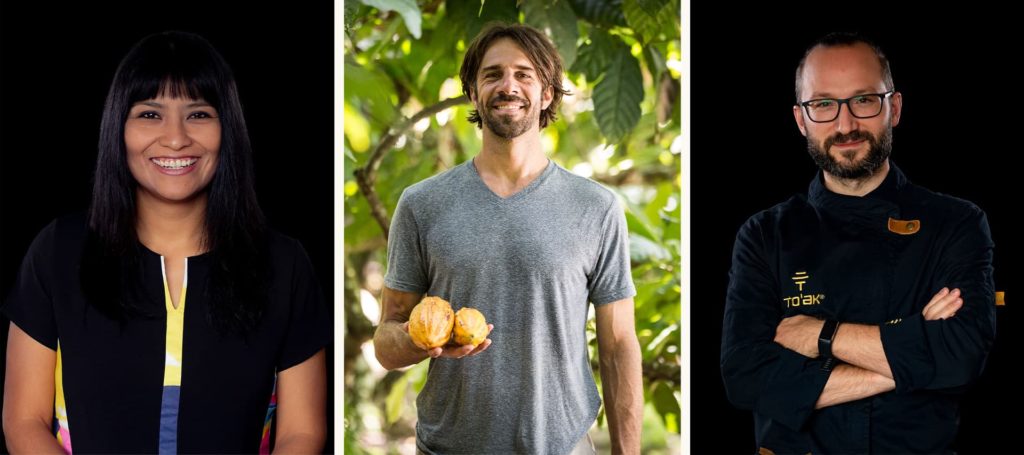
From left to right: Dennise Valencia, Jerry Toth, and Carl Schweizer.
Luxury Chocolate and Activism
From the outset, Carl, Dennise, and I had a few radical ideas about how chocolate should be sourced, produced, and consumed. We saw how people treat wine as an epicurean delicacy and regard winemaking as the noblest of artisanal crafts. Why shouldn’t chocolate—and cacao farming—be accorded the same reverence and standards of excellence?
To’ak soon went on to make waves in the chocolate industry by launching a $265 bar of chocolate—much to the shock (and in some cases, chagrin) of our industry colleagues. For better and for worse, To’ak quickly became known as the “most expensive chocolate in the world.”
But TMA and rainforest conservation continued to be my focus. And from the beginning, the entire team at To’ak embraced this mission as an element of our company. While To’ak’s public image was formed by articles published in Forbes and Fortune, behind the scenes we were (and still are) a handful of activists. This is something that most people still don’t understand about To’ak. I guess it’s part of the reason I’m writing this article. To dispel a few myths.
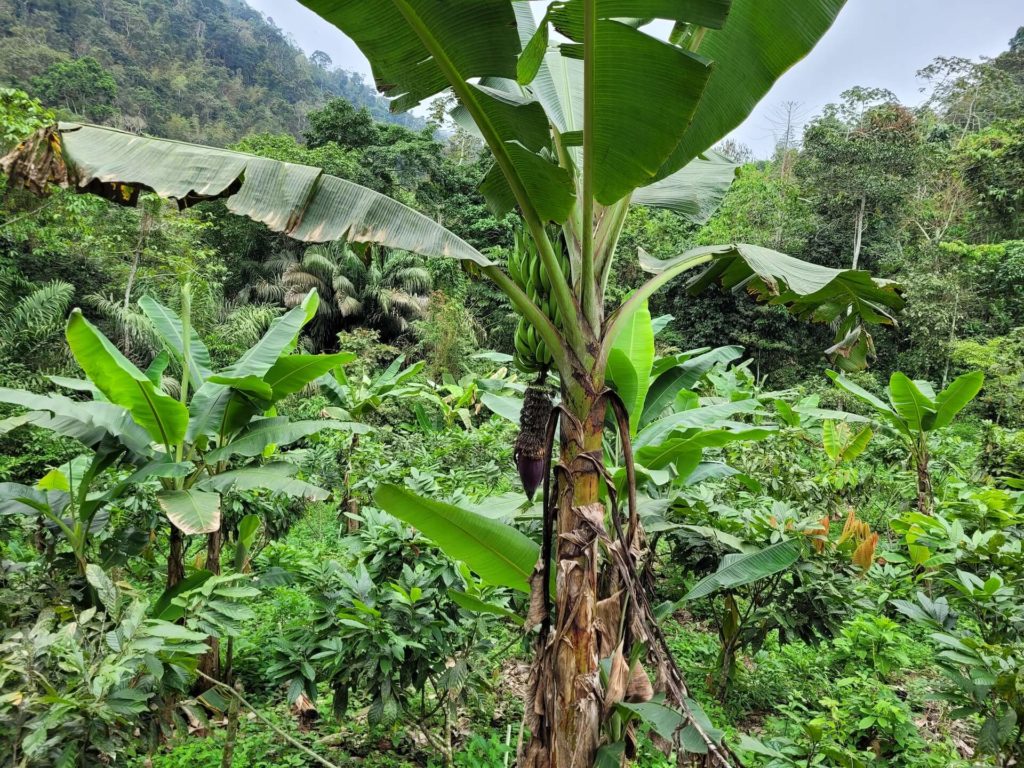
The Genetic Bank in December of 2021.
Chocolate and Conservation: A Symbiotic Relationship
To be clear, TMA and To’ak are separate entities. TMA is a non-profit conservation organization and To’ak is a private enterprise. But both are based in Ecuador, and they share a co-founder and an ethos. They also both work intimately with cacao trees.
The working relationship began in 2018 with a program to protect an ancient cacao variety from extinction and begin to reproduce it. We sourced cuttings from old-growth Ancient Nacional cacao trees in Piedra de Plata—which were DNA-verified to be 100% pure—and grafted them onto young seedlings. The Heirloom Cacao Preservation Fund, INIAP, and a local university called ESPAM also provided key support.
These seedlings were planted in a protected area of the Jama-Coaque Reserve, which we call the Genetic Bank. It is now Ecuador’s largest repository of a historic cacao variety previously believed to be extinct.
National Geographic and the Smithsonian Magazine have both come to visit and document this project. The trees have since learned to pose for the camera. They are actively managed and cared for by TMA.
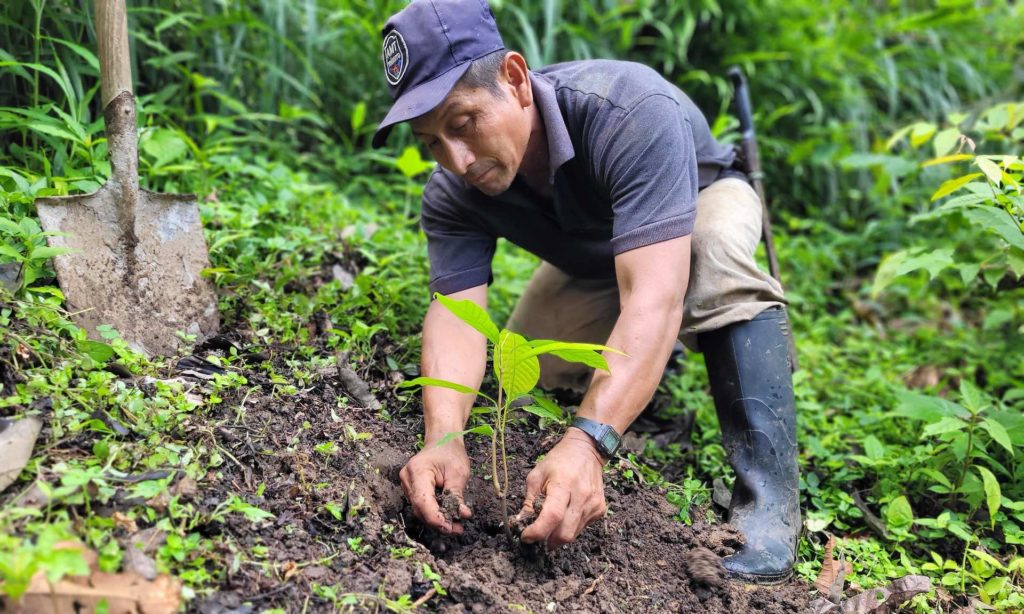
Working With Local Cacao Farmers
The next step was to continue to reproduce these Ancient Nacional cacao trees—along with many other Nacional cacao cultivars—and distribute them to local farmers as part of a Regenerative Agroforestry program. TMA uses cacao trees, combined with a wide diversity of other fruit trees and native shade trees, to restore forest on degraded land. The project is managed by TMA and funded entirely by grants and private donations. The majority of the cacao trees grown in this program are Heirloom and Hybrid cultivars of Nacional cacao; only 5-10% are pure Ancient Nacional.
We’re currently doing this with local farmers in five communities that live in the buffer zone that surrounds one of the last remnants of the Pacific Forest. This is a key component of TMA’s dream to build a 40,000-hectare conservation area called the Capuchin Corridor.
The critical factor that convinced local farmers to reforest their land is the premium prices they will be paid by To’ak—and other premium chocolate makers—for their cacao. Market economics is what keeps this wheel spinning.
This is an example of how businesses, conservationists, and local farmers can join forces to help regenerate the forest rather than cut it down. We call this program Regenerative Cacao. It’s a joint initiative between TMA and To’ak. To learn more, see how we are using cacao to reverse deforestation.
